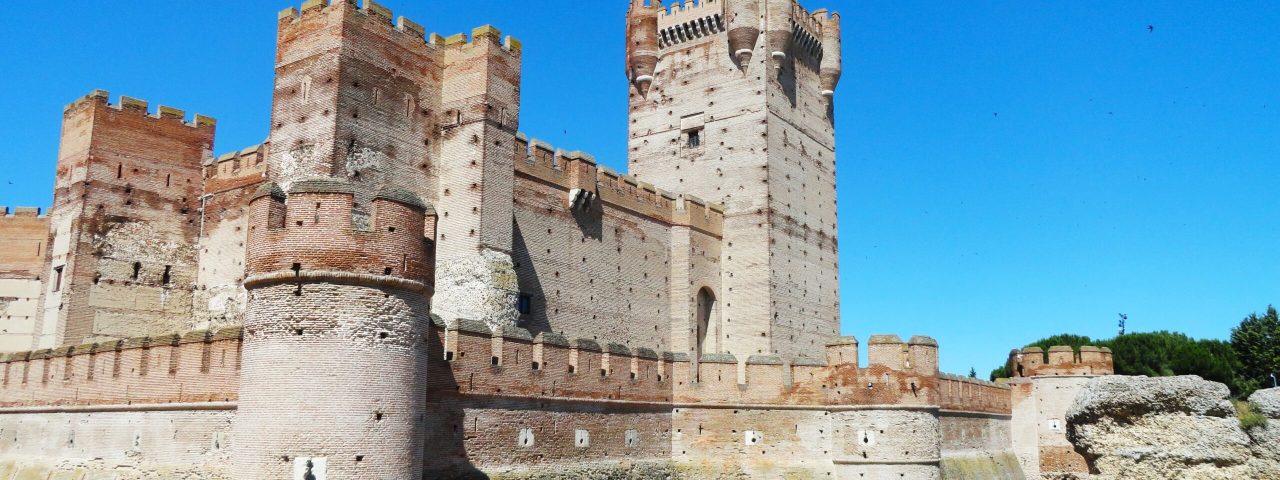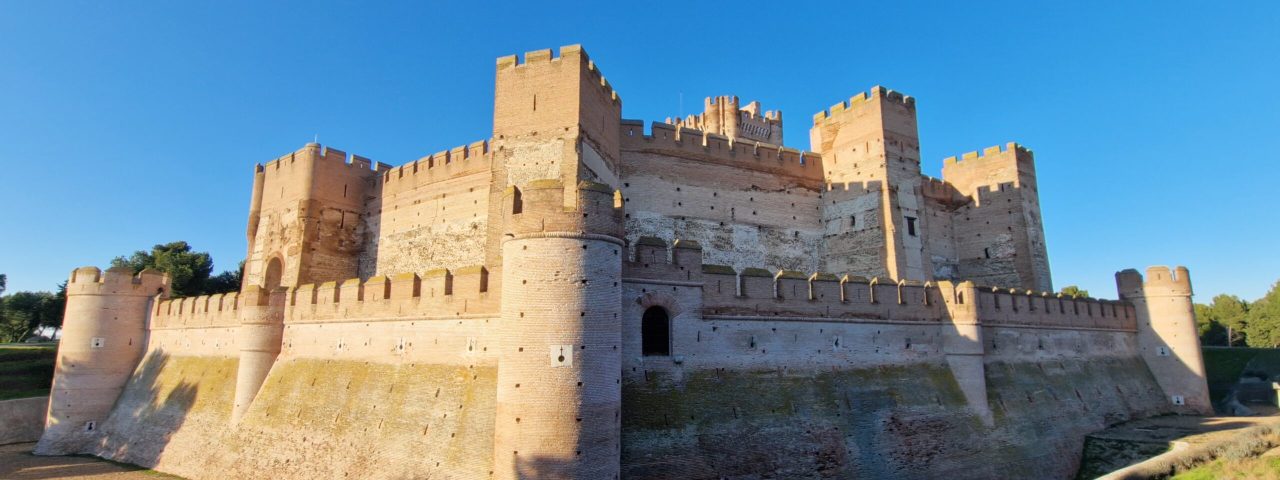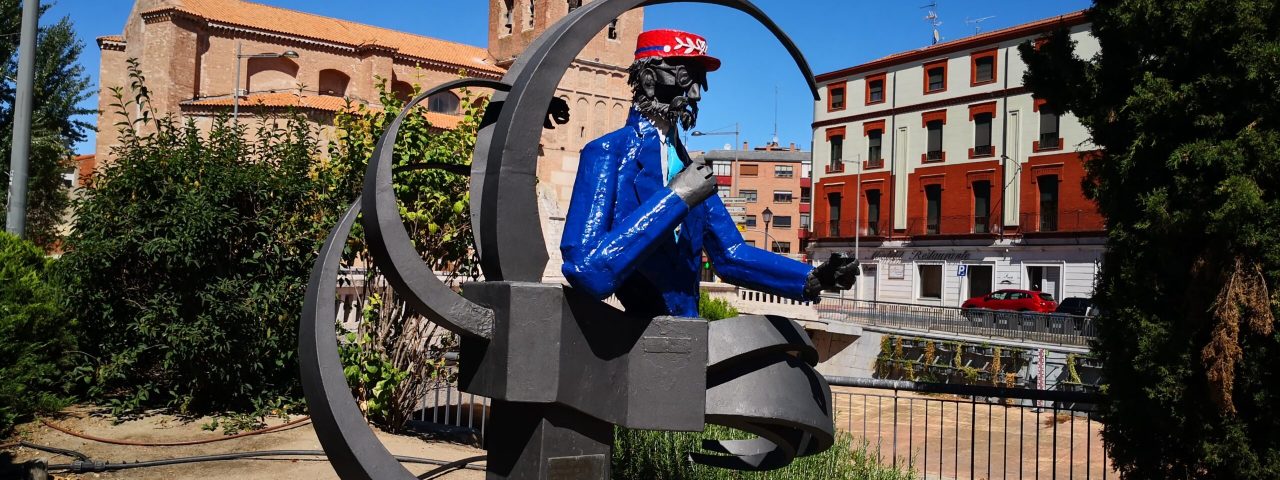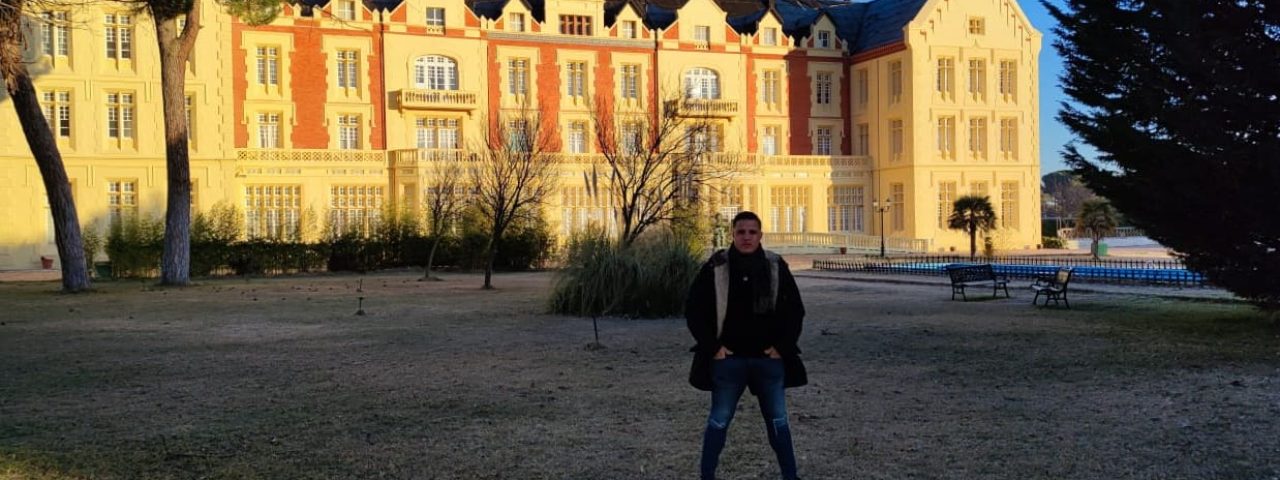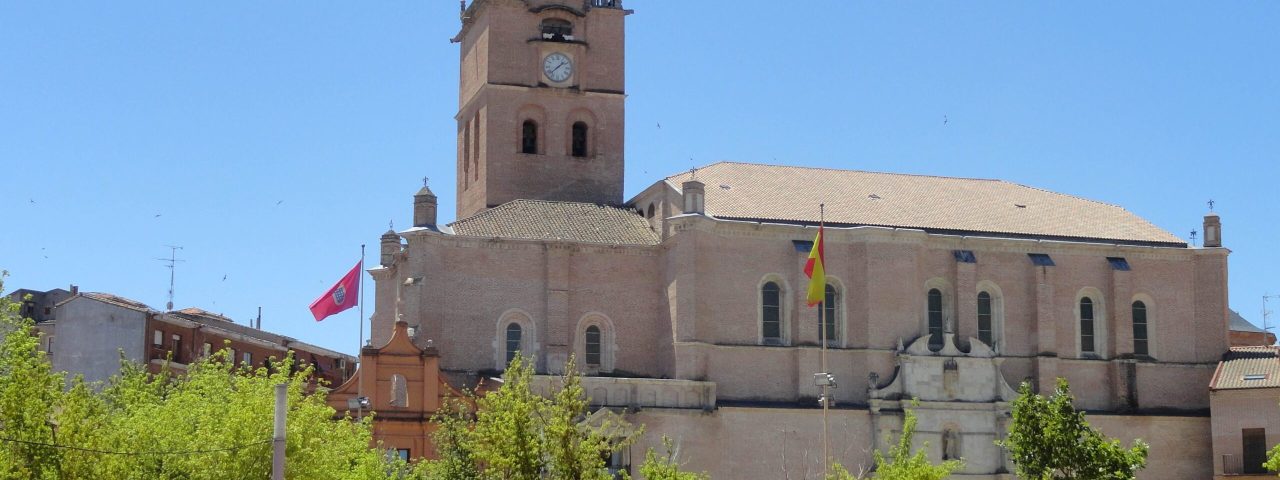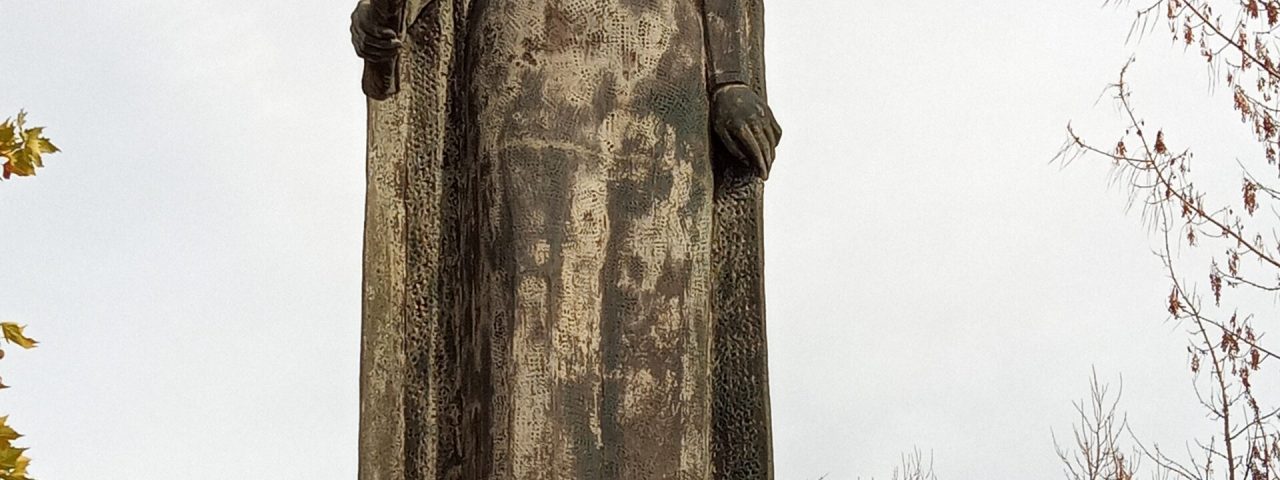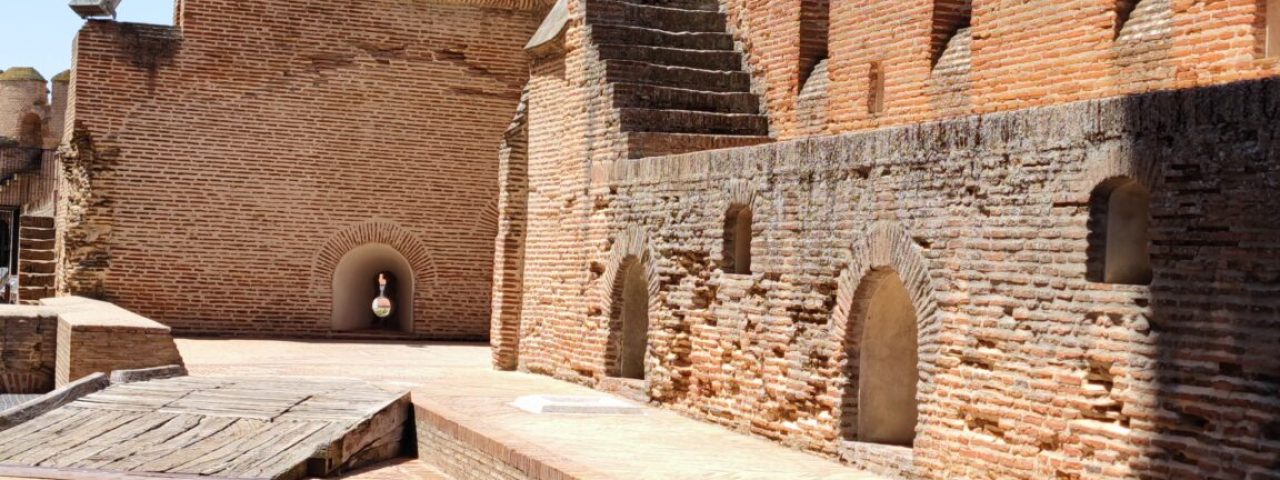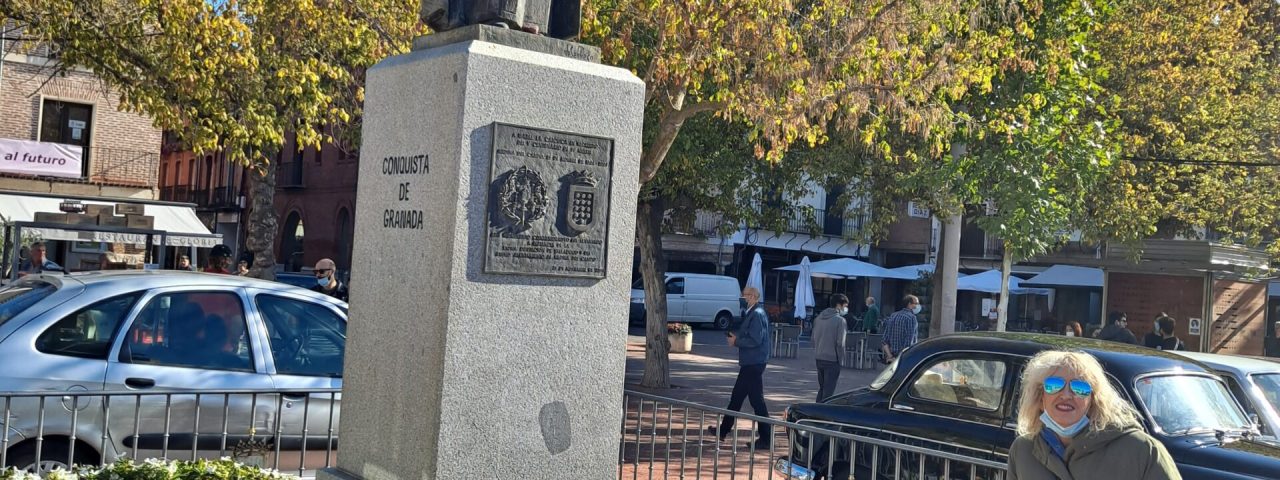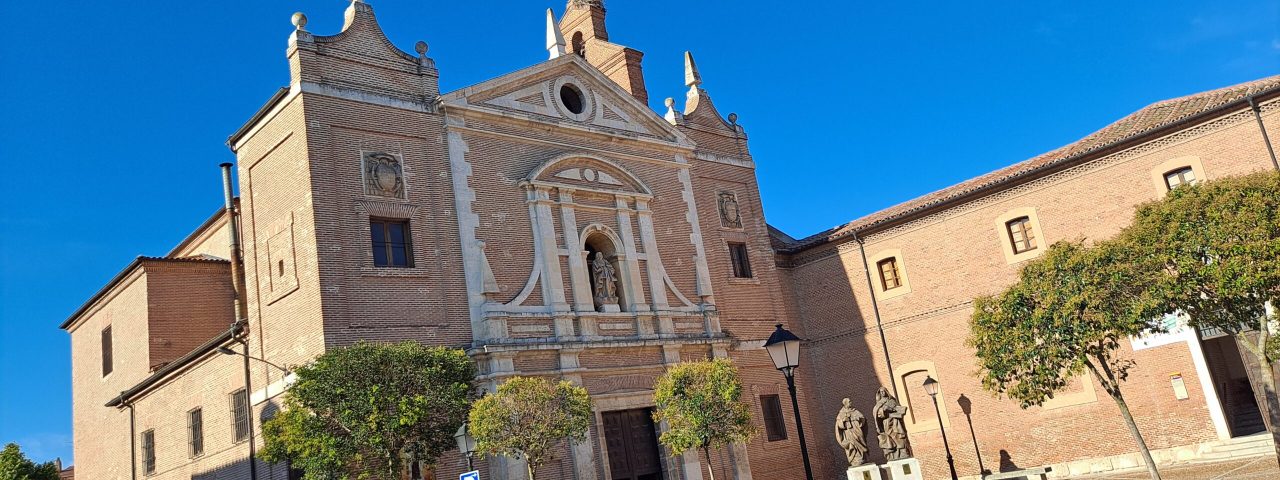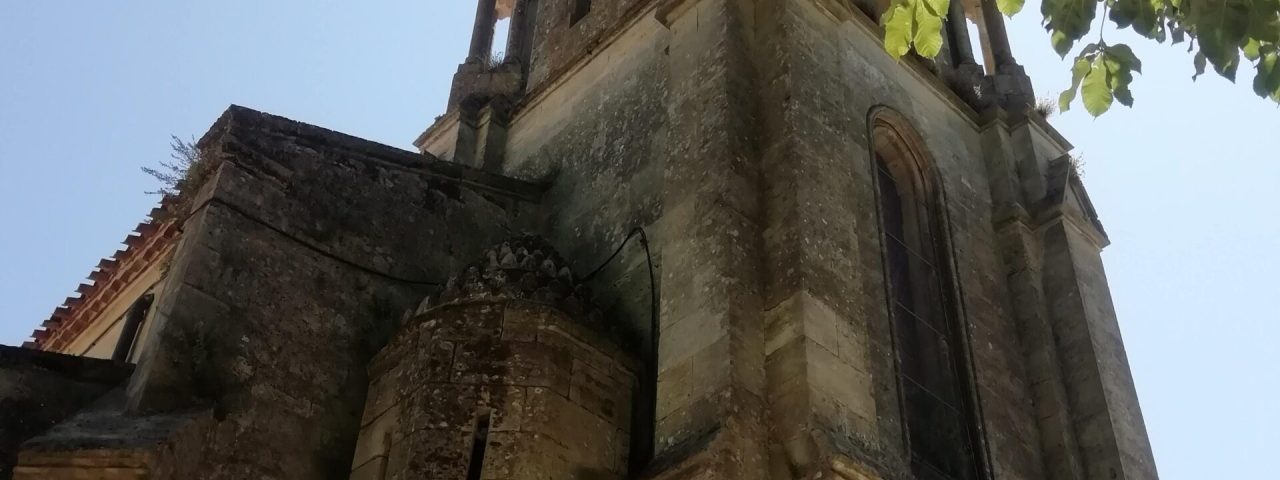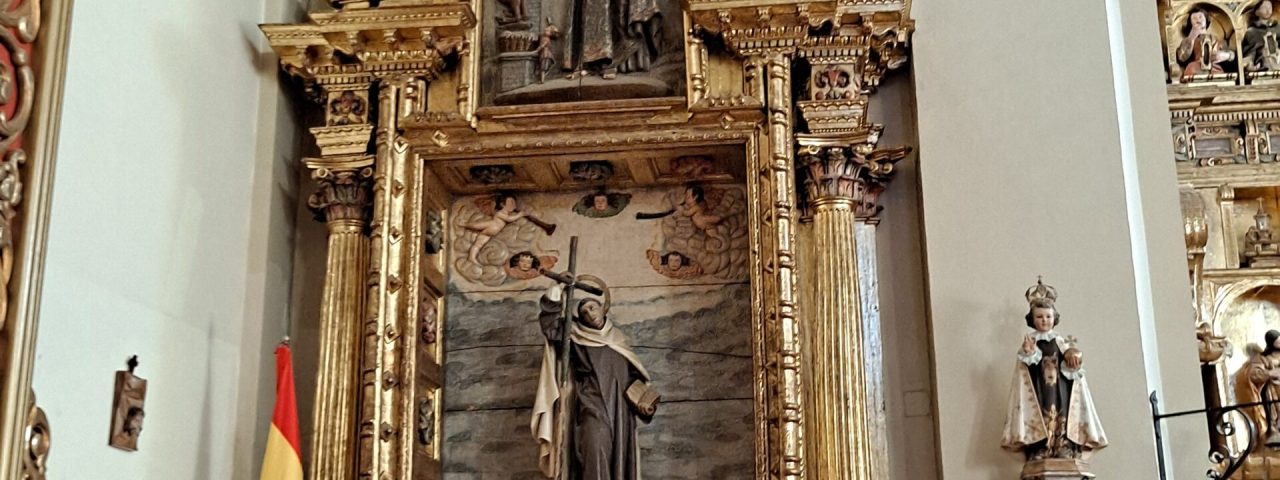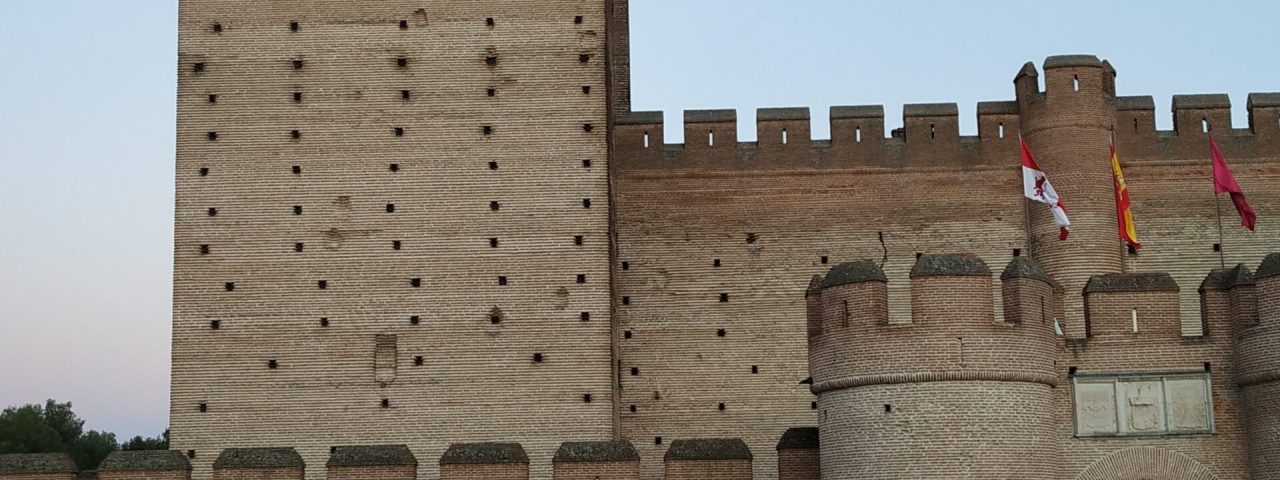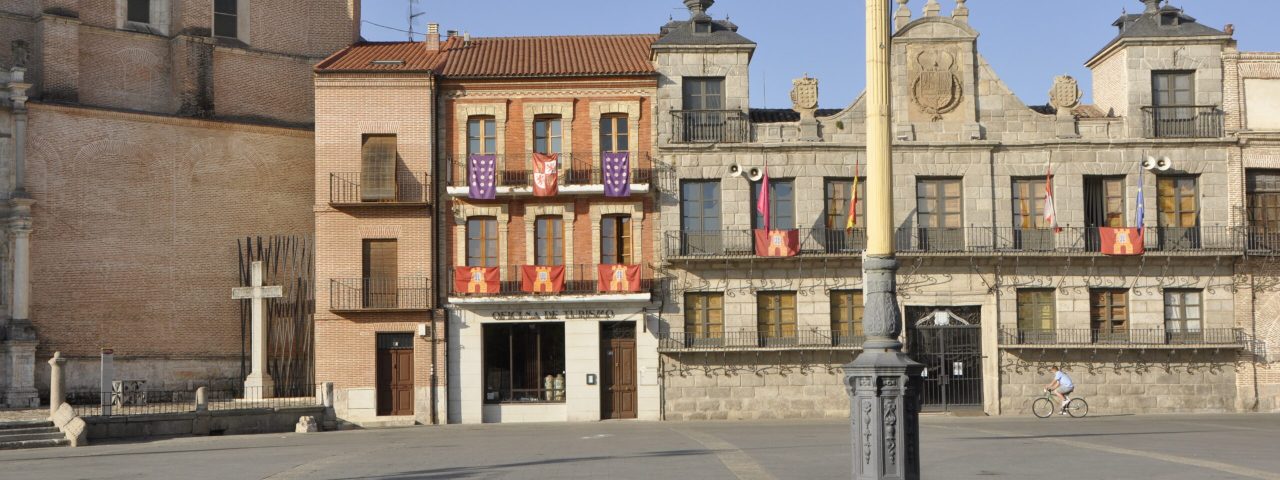Medina del Campo has a rich and varied history that stretches back to Roman times, though its most significant development came during the medieval and Renaissance periods. The town was a major trading hub in the 15th and 16th centuries, with one of the most important markets in Europe for wool and textiles. It also played a significant role in Spain’s political history, as it was here that Queen Isabella I of Castile signed her will in 1504, solidifying its place in the country’s historical narrative.
Medina del Campo is also known for its cultural heritage. The Semana Renacentista, or Renaissance Week, is a major event that celebrates the town’s golden era with reenactments, markets, and medieval tournaments. The town’s culture is deeply tied to its historical importance, with many festivals and traditions rooted in its medieval past.
Local customs are heavily influenced by Catholic traditions, and several religious festivals are celebrated throughout the year, including Easter processions and the Fiesta de San Antolín in early September. These events offer a great way for visitors to immerse themselves in the local culture and experience the town’s vibrant atmosphere.
